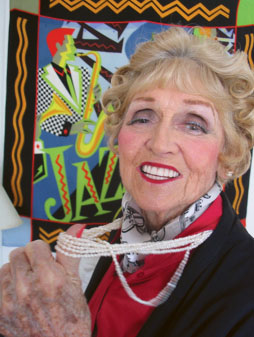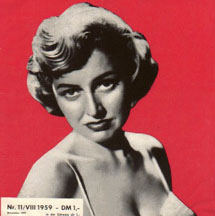Film Review: Anita O’day: The Life Of A Jazz Singer
The Lady Is A Tramp


Anita in her ‘80s

Latest Article|September 3, 2020|Free
::Making Grown Men Cry Since 1992


Anita in her ‘80s
